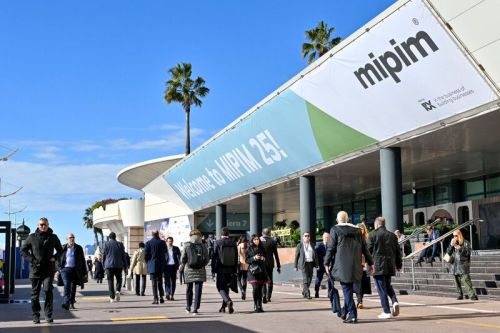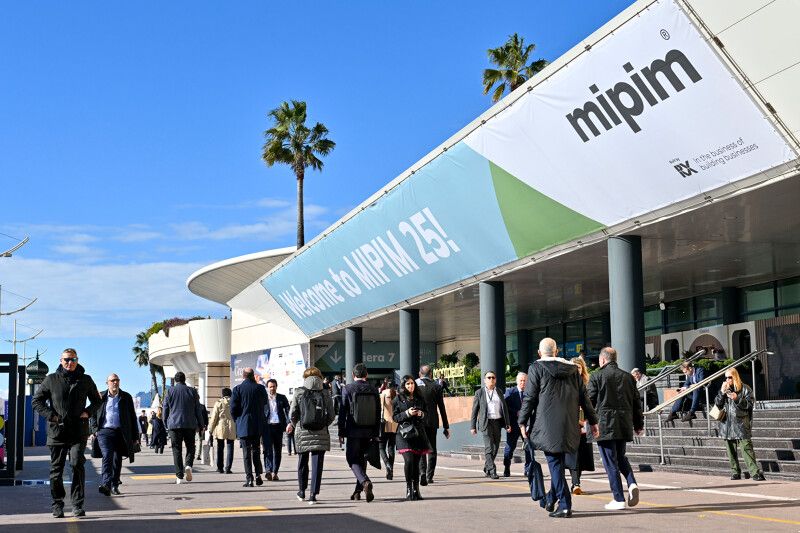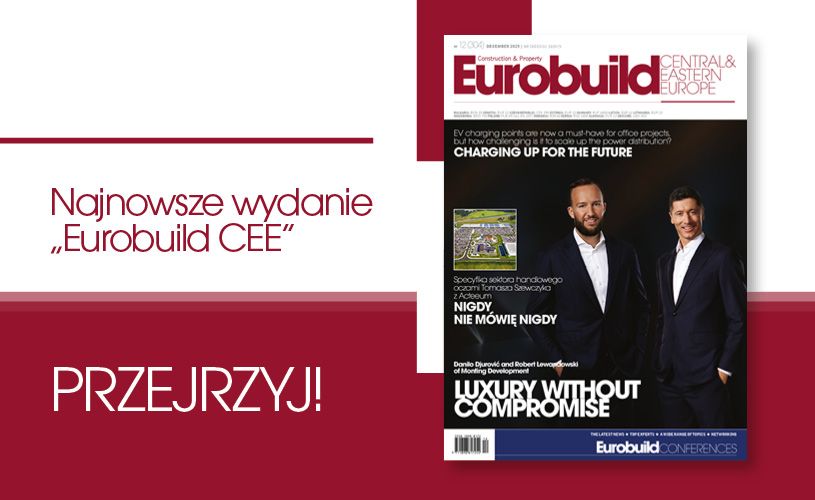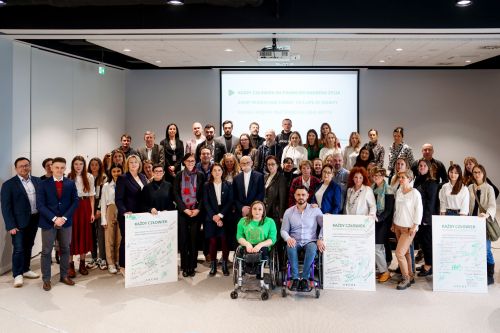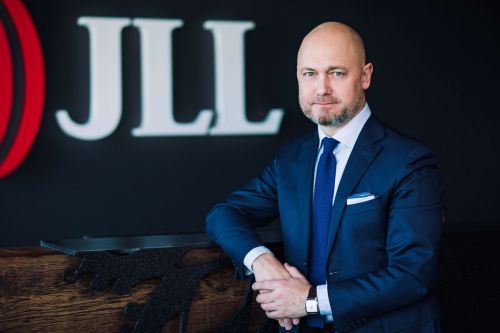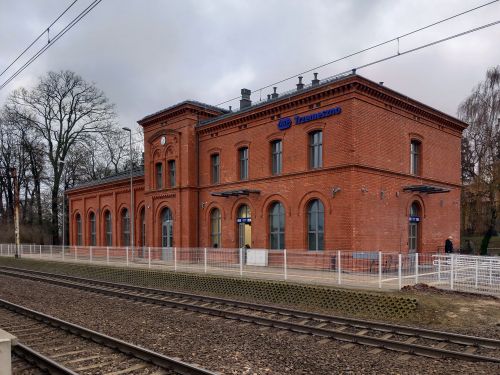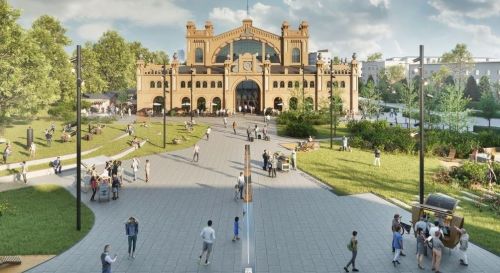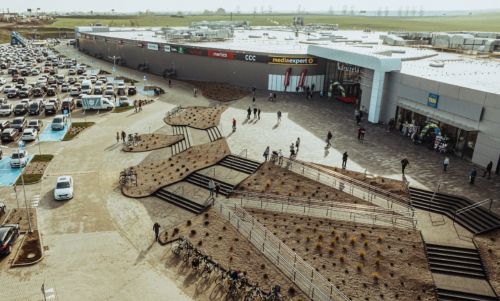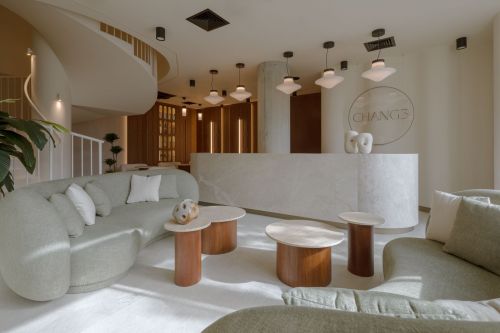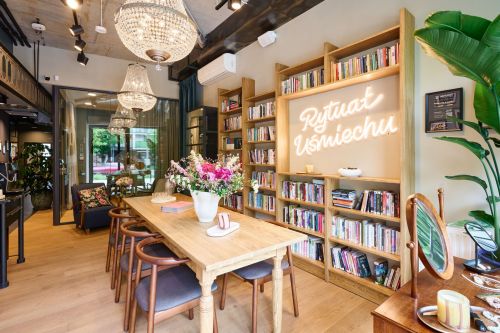Anna Pakulniewicz ‘Eurobuild Central & Eastern Europe’: What are the current trends on the Polish market that are set to dominate in the near future?
Renata Kusznierska, partner and head of retail agency, Cushman & Wakefield Poland: The key trend is the growing focus on the quality of existing retail properties. Around 47 pct of shopping centre space is already over ten years old. We are witnessing a large number of re-commercialisation projects and lease extensions for several million square metres. There are, of course, completely new schemes coming onto the market, but at a much slower pace than a few years back. New openings are cannibalising the existing market and snatching customers from other weaker retail schemes, but there are still some catchment areas lacking a shopping centre of their own.
Any particular examples?
Warsaw’s Białołęka district is a perfect example of underdeveloped area in terms of retail schemes. However, GTC is completing Ga





